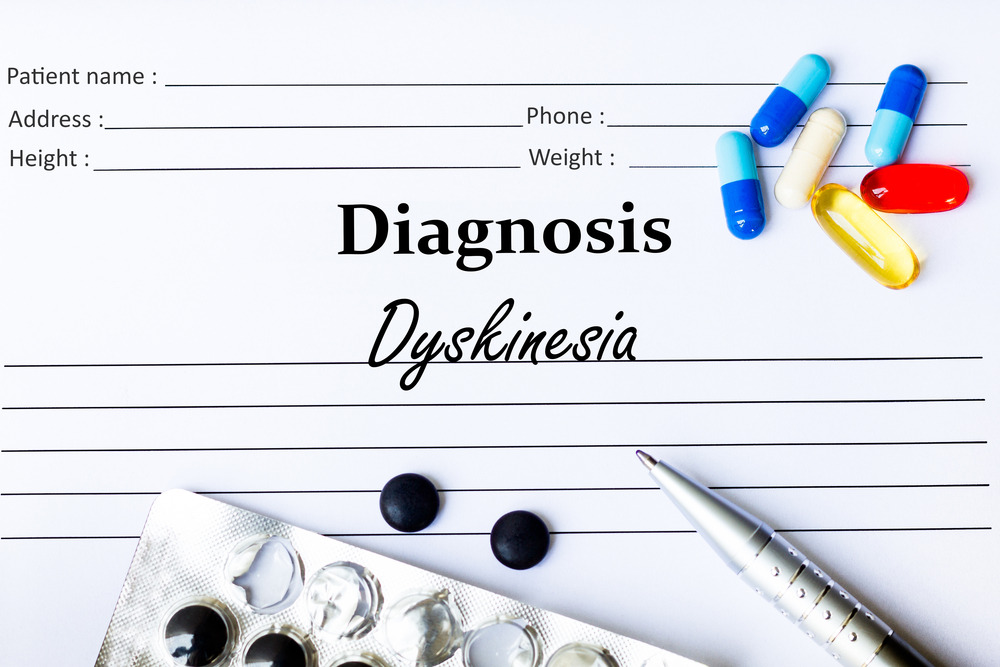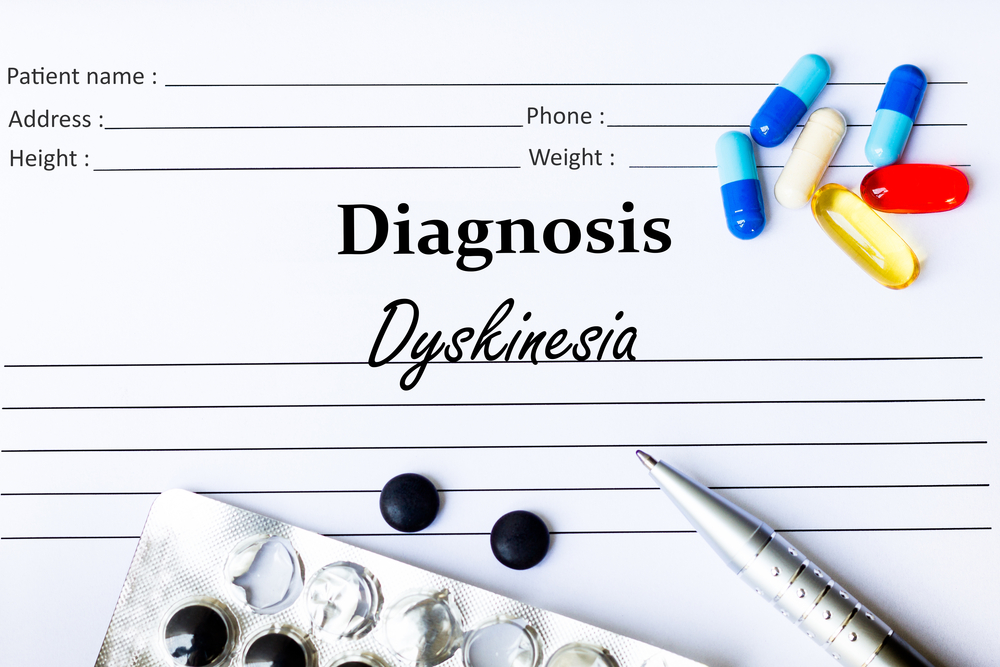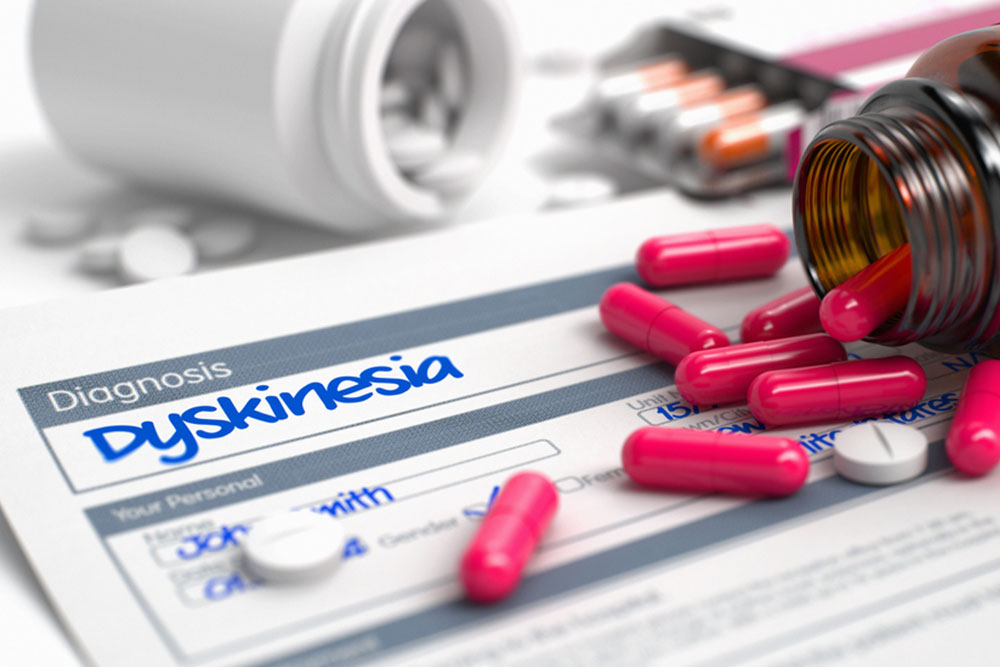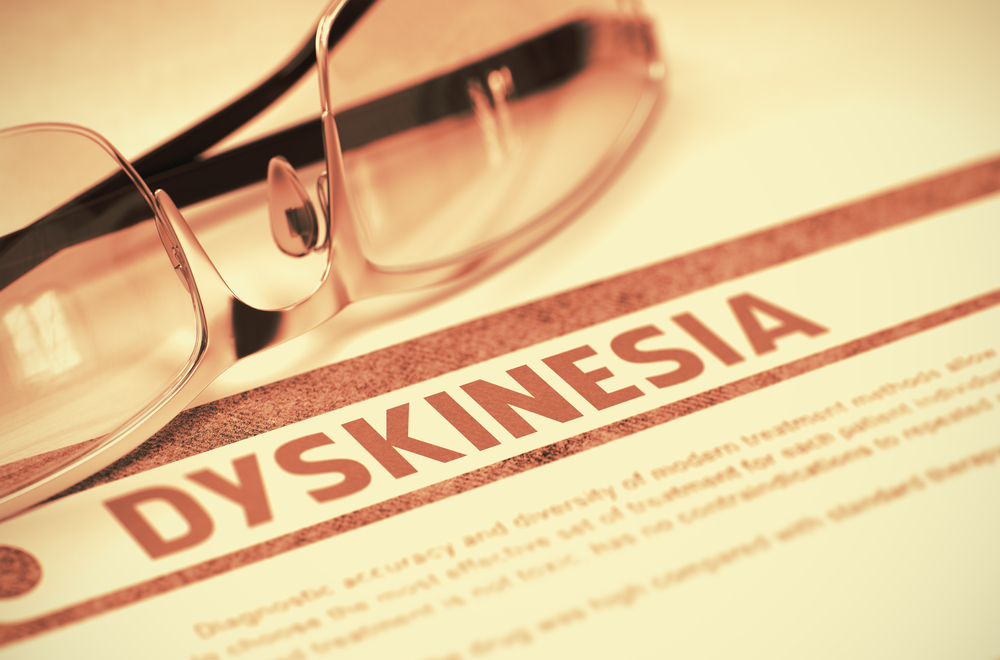Comprehensive Overview of Dyskinesia and Its Impact on Patients with Parkinson’s Disease
This comprehensive article explores dyskinesia, a common complication in Parkinson’s disease, detailing its causes, symptoms, and management. It emphasizes the importance of personalized medical strategies, including medications and surgical options, to improve patient quality of life. With detailed insights into brain chemistry and treatment advances, readers gain a thorough understanding of how to approach dyskinesia in Parkinson’s care.

Comprehensive Overview of Dyskinesia and Its Impact on Patients with Parkinson’s Disease
Dyskinesia is characterized by involuntary, often erratic muscle movements that can range from occasional twitching to violent, uncontrollable contractions. These abnormal movements typically involve various parts of the body, including the face, limbs, and trunk, and tend to become more pronounced as Parkinson’s disease progresses. Patients experiencing dyskinesia often find that their daily activities and overall mobility are significantly affected, which diminishes their quality of life. The spectrum of dyskinesia severity varies widely among individuals; some may experience mild, infrequent twitches, while others suffer from persistent, severe movements that interfere with both routine tasks and social interactions. Understanding this condition is crucial for managing symptoms effectively and improving patient outcomes.
What Causes Dyskinesia in Parkinson’s Disease?
The primary cause of dyskinesia stems from imbalances in key neurotransmitters within the brain, especially dopamine, glutamine, and serotonin. Parkinson’s disease itself involves the progressive loss of dopamine-producing neurons in the substantia nigra, a vital brain area responsible for controlling movement. As levels of dopamine decline, the brain's ability to regulate muscle control deteriorates, leading to tremors, rigidity, and involuntary movements.
In patients undergoing treatment, particularly with medications like levodopa, the problem of dyskinesia can be exacerbated. Levodopa is essential for replenishing dopamine in the brain, but over time, its prolonged use often results in fluctuations—known as motor complications—characterized by unpredictable and involuntary movements. This phenomenon, sometimes called Levodopa-induced dyskinesia, is due to the pulsatile stimulation of dopamine receptors and the effects of drug metabolism. Additionally, the imbalance of glutamine and serotonin pathways within the brain can contribute to abnormal motor activity, further complicating the clinical picture.
Management and Treatment Strategies for Dyskinesia
As Parkinson’s disease advances, managing dyskinesia becomes increasingly challenging. A cornerstone of treatment involves the careful use of medications such as levodopa combined with adjuncts like entacapone, which helps prolong the effectiveness of levodopa. However, clinicians often need to personalize medication regimens to minimize dyskinesia while maintaining motor control. This balance requires adjusting dosages, timing, and sometimes introducing additional drugs such as amantadine, which has shown promise in reducing involuntary movements.
Beyond pharmacological approaches, non-medication therapies also play a vital role in managing dyskinesia. Deep brain stimulation (DBS), a surgical procedure involving the implantation of electrodes into specific brain regions, has demonstrated significant benefits for patients with severe dyskinesia unresponsive to medication adjustments. Physical and occupational therapy can help patients optimize their motor functions and improve mobility, while lifestyle modifications, including regular exercise and a balanced diet, contribute to overall well-being.
The goal of treatment is to enhance quality of life by reducing involuntary movements, minimizing medication side effects, and maintaining functional independence. Emerging therapies and ongoing research continue to seek solutions that better address the complex nature of dyskinesia and Parkinson’s disease management.




